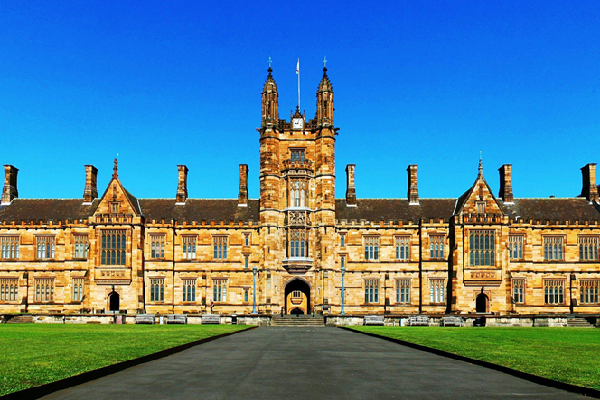University Of Sydney Research Estimates Medical Cannabis Treating At Least 2.7 Percent Of Population
An estimated 600,000 Australians are using medical cannabis – but that’s according to data from 2019. Considering the dramatic increase in the number of doctors registering to prescribe in the past two years, and the rapid growth of applications for prescriptions, the figure today is likely to be much higher.
To find out, researchers from the Lambert Initiative are launching the latest edition of the Cannabis as Medicine survey (or ‘CAMS22’) this week.
“There’s been a dramatic increase in the number of prescriptions issued for medicinal cannabis in the past two years,” said Professor Iain McGregor, Academic Director of the Lambert Initiative for Cannabinoid Therapeutics at the University of Sydney. “But we have good evidence that the number of people using cannabis to treat ailments is substantially higher than this.”
The National Drug Strategy Household Survey, conducted every three years by the Australian Institute of Health and Welfare, estimated that 2.7 percent of the total Australian population (or about 600,000 people) were using cannabis for medical purposes, either always or sometimes in 2019. The survey involved 21,500 people aged 14 and over.
Sharp rise in doctors prescribing cannabis
But since 2019, the number of doctors prescribing medicinal cannabis has grown considerably, according to official data collected by the Therapeutic Goods Administration (TGA). Whereas there were just 144 doctors authorised to issue prescriptions for medicinal cannabis in 2019, that number is 1,701 today – the bulk having registered with the TGA in the past two years.
And there have been 295,515 prescriptions for medicinal cannabis issued since 2020, compared with just 1,011 issued between 2016 and 2019.
Those are just the official numbers; scientists estimate that the true number of Australians using medical cannabis is substantially higher. According to the Lambert Initiative’s 2020 Cannabis as Medicine Survey – which collected data from 1,600 anonymous users of medical cannabis between September 2020 and January 2021 and published in Harm Reduction Journal – only 37 percent of respondents had received a legal prescription.
“If 63 percent of respondents in our 2020 survey were self-medicating with cannabis obtained illicitly, it suggests that the total number of people using cannabis for medical purposes is substantially higher than the official prescription figures indicate,” said Professor Nicholas Lintzeris, from the Faculty of Medicine and Health at the University of Sydney, who leads the Cannabis as Medicine Survey, conducted every two years.
“In order to have a true understanding of how cannabis is being used for medicinal purposes in Australia, we really need data from all users, not just those on prescription,” he added.
More data needed
The Cannabis as Medicine survey confidentially surveys Australians who have used medical cannabis in the past 12 months and provides a snapshot of patterns of use, symptoms and conditions treated, methods of administration, where it is being sourced from, and effects on health and driving.
“The CAMS22 survey will give us an important understanding of how medicinal cannabis use is evolving in the community as it becomes more mainstream,” said Professor Lintzeris. “In order to better understand the impact and effects of medical cannabis, those using it need to be able to confidentially share their experiences, both legal and illegal.”
Previous surveys have provided a wealth of data, particularly around the way medical cannabis is used. Illicit consumers are more likely to smoke cannabis, for example, compared to those with prescriptions who are more likely to use oral or vaporised cannabis.
Anyone over 18 who has used cannabis for medical purposes in the past 12 months can help the researchers by completing the confidential online survey here (bit.ly/CAMS22Survey). The survey takes about 20 minutes to complete, and participants can save their responses as they go. The survey is now live and will remain open until March 2023.
Researchers are also keen to understand each users’ experience of using medical cannabis – both prescribed and non-prescribed users – as well their thoughts on the process.

